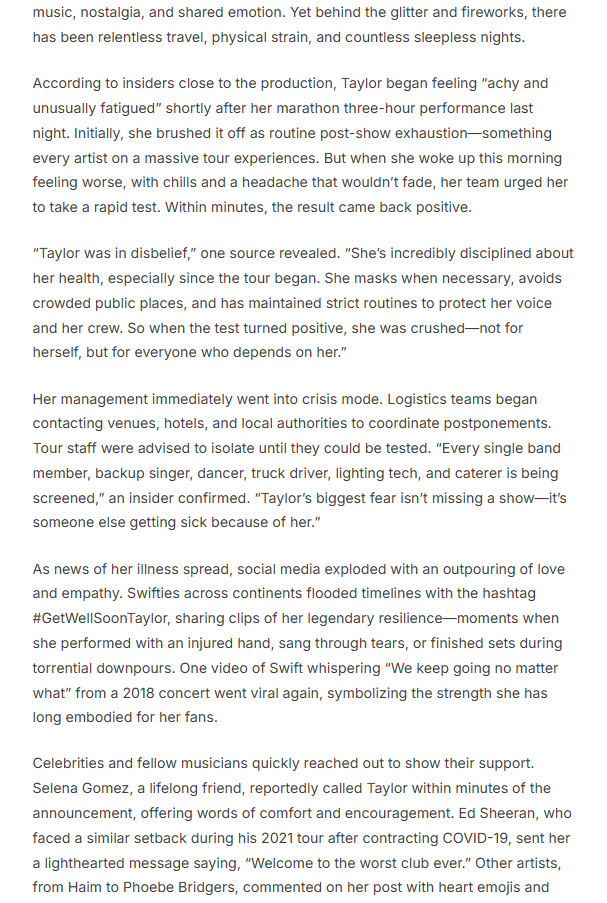In today’s fast-paced world, fitness is no longer just about lifting the heaviest weights or achieving a sculpted physique. It’s about moving better, living pain-free, and performing everyday activities with strength, ease, and confidence. This is where functional fitness comes in—a training approach designed to help your body perform real-life movements more efficiently.
Functional fitness focuses on exercises that mimic the movements you perform in your daily life, like bending, lifting, twisting, pushing, pulling, and walking. Instead of isolating a single muscle, it trains multiple muscle groups together, improving coordination, balance, flexibility, and overall strength. Whether you’re carrying groceries, climbing stairs, or playing with your kids, functional fitness enhances the way your body works naturally.
Let’s explore how functional fitness supports everyday movement and some of the best exercises you can incorporate into your routine.




What Is Functional Fitness?
Functional fitness is built around natural movement patterns. The goal isn’t just to look fit but to be fit in a way that improves your daily life. Traditional workouts often focus on aesthetics—building bigger biceps or toning abs—while functional training targets how your muscles, joints, and nervous system work together.
For example, when you squat, you’re not just training your legs—you’re reinforcing a motion that helps you sit, stand, and lift properly. The body learns to move as one integrated system rather than separate parts, which reduces the risk of injury and increases mobility.
This style of training incorporates elements of strength, endurance, balance, coordination, and flexibility, making it ideal for all ages and fitness levels.
The Importance of Training for Everyday Movements
Every day, we perform countless motions without thinking—bending to tie our shoes, reaching for a shelf, or stepping off a curb. Over time, poor movement patterns and muscle imbalances can lead to stiffness, discomfort, and even injury. Functional fitness corrects these patterns by retraining the body to move naturally and efficiently.
Some of the main benefits include:
- Improved Mobility and Flexibility: Functional exercises keep your joints and muscles supple, helping you move freely.
- Injury Prevention: Strengthening stabilizing muscles reduces strain on joints and connective tissue.
- Better Posture: By engaging your core and back muscles, you support a healthy spine alignment.
- Enhanced Strength for Real-Life Activities: You become stronger in ways that directly translate to everyday tasks—lifting boxes, gardening, or even playing sports.
- Boosted Balance and Coordination: Functional fitness challenges your body’s stability, reducing the risk of falls or accidents.
The Seven Fundamental Movement Patterns
Every functional fitness routine should address these seven foundational movement patterns that the human body performs daily:
- Squat – Sitting and standing from a chair, picking up objects.
- Hinge – Bending at the hips to lift or lower objects.
- Lunge – Climbing stairs or stepping forward.
- Push – Opening doors or pushing objects away.
- Pull – Carrying groceries, pulling drawers open.
- Rotate (Twist) – Turning to grab something behind you.
- Gait (Walk/Run) – The movement we use most often every day.
A well-balanced functional training program incorporates all seven to ensure complete, real-world strength and stability.
Top Functional Fitness Exercises to Support Natural Movement
Here are some of the most effective functional fitness exercises you can do to build strength and improve your movement quality.
1. Squats
Why: Squats strengthen the lower body—especially the glutes, quads, and hamstrings—while training your core and spine to stabilize. This mirrors actions like sitting, standing, and lifting.
How to Do It:
- Stand with your feet shoulder-width apart.
- Lower your body as if sitting back into a chair, keeping your chest lifted and knees aligned with your toes.
- Push through your heels to return to standing.
- Repeat for 10–15 reps.
Variation: Try goblet squats holding a dumbbell or kettlebell for extra resistance.
2. Deadlifts (Hip Hinge Movement)
Why: The deadlift trains the posterior chain—hamstrings, glutes, and lower back—which supports proper lifting mechanics. It’s one of the most practical exercises for everyday strength.
How to Do It:
- Stand with your feet hip-width apart and a weight (like a barbell or kettlebell) in front of you.
- Keeping your back straight, hinge at the hips and lower to grab the weight.
- Engage your core and drive your hips forward as you lift the weight to standing.
- Lower slowly back down.
Variation: Romanian deadlifts or single-leg deadlifts improve balance and core engagement.
3. Lunges
Why: Lunges mimic walking, climbing stairs, and kneeling. They build single-leg strength, balance, and coordination.
How to Do It:
- Step one foot forward and lower your hips until both knees are bent at about 90 degrees.
- Keep your front knee over your ankle and your torso upright.
- Push through your front heel to return to the starting position.
- Alternate legs for 10–12 reps per side.
Variation: Try lateral or reverse lunges for multidirectional movement.
4. Push-Ups
Why: Push-ups strengthen the chest, shoulders, triceps, and core while simulating real-life pushing movements.
How to Do It:
- Begin in a plank position with your hands slightly wider than your shoulders.
- Lower your chest toward the floor while keeping your core tight.
- Push back up to the starting position.
Variation: Modify on knees or try incline push-ups for beginners.
5. Rows
Why: Pulling motions strengthen the upper back, shoulders, and biceps—helping improve posture and counteracting the effects of sitting.
How to Do It:
- Use a resistance band, dumbbells, or a suspension trainer.
- Keep your back straight, hinge slightly at the hips, and pull your elbows back, squeezing your shoulder blades together.
- Slowly return to the start.
Variation: Try single-arm rows to challenge your core stability.
6. Farmer’s Carry
Why: This simple yet powerful exercise trains grip strength, posture, and core stability—useful for carrying heavy groceries or luggage.
How to Do It:
- Hold a heavy weight in each hand at your sides.
- Walk forward with your shoulders back, chest tall, and core tight.
- Walk 20–30 meters, rest, and repeat.
Variation: Try one-handed carries to increase core engagement.
7. Planks and Rotational Core Work
Why: A strong core is essential for every movement—from lifting to twisting. Planks and rotational exercises improve stability and prevent back pain.
How to Do It:
- Get into a forearm plank position, keeping your body in a straight line from head to heels.
- Hold for 30–60 seconds, focusing on your breathing.
- Add side planks or Russian twists to train rotational control.
How to Build a Functional Fitness Routine
To get the most from your training, design a routine that includes all movement patterns and trains your body as one unit.
Sample Routine (3 Days/Week):
- Squats – 3 sets of 12
- Push-Ups – 3 sets of 10
- Deadlifts – 3 sets of 10
- Rows – 3 sets of 12
- Lunges – 3 sets of 10 per leg
- Farmer’s Carry – 3 rounds of 30 meters
- Plank – 3 rounds of 45 seconds
Warm up with dynamic stretches, and finish with mobility work like hip circles, shoulder rolls, and gentle yoga poses.
Everyday Applications of Functional Fitness
The true power of functional fitness is its practicality. You’ll notice improvements not just in the gym but in how you move through life:
- Lifting boxes becomes effortless.
- Your posture improves during long work hours.
- You recover faster from physical strain.
- Daily chores, from cleaning to gardening, feel easier.
- Your body moves more fluidly, with less stiffness or discomfort.
Functional training keeps you strong, independent, and active as you age—one of the best investments you can make in your long-term health.
Final Thoughts
Functional fitness is more than a workout trend—it’s a way of living better. By focusing on exercises that mimic natural human movement, you train your body to move the way it was designed to. You’ll develop strength, stability, and endurance that carry over into every aspect of daily life.
Whether you’re a beginner or a seasoned athlete, incorporating functional movements into your routine will help you move smarter, feel stronger, and stay healthier for years to come. Remember: fitness isn’t about perfection—it’s about progression and functionality.



